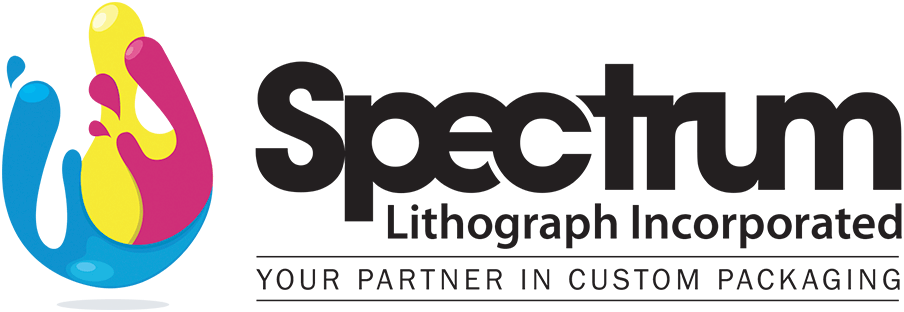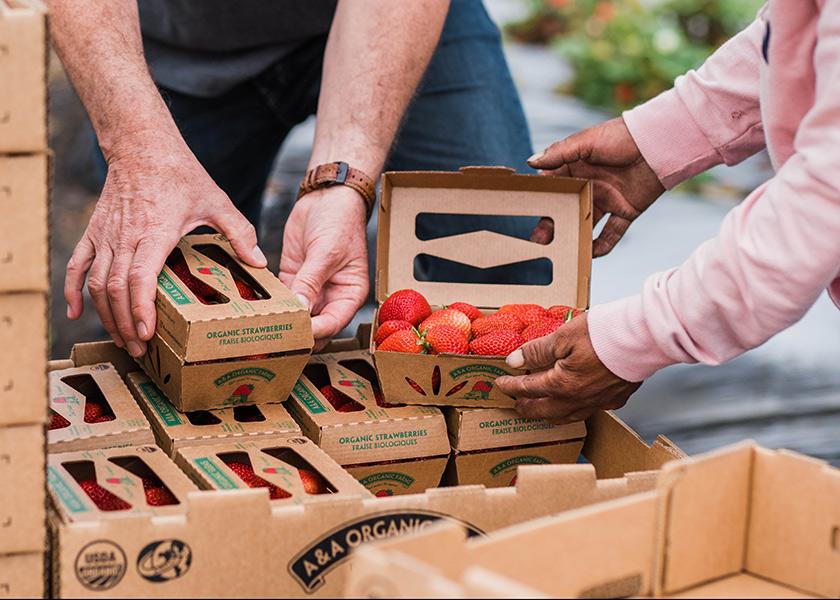Navigating the Path to Plastic-Free Packaging in 2024:
A Practical Guide
Anyone who has seen the waste of packaging on Christmas morning understands it is the item inside that matters most. There are literally tons of plastic materials left in landfills to degrade over the years, and plastic takes centuries to degrade.Packaging, often a significant contributor to plastic pollution, is an area where we can make a substantial impact. In a world striving for sustainability, reducing our reliance on plastic is a crucial step towards a greener future. To help reduce your packaging footprint, keep reading and get some ideas on how to reduce plastic in your business.


